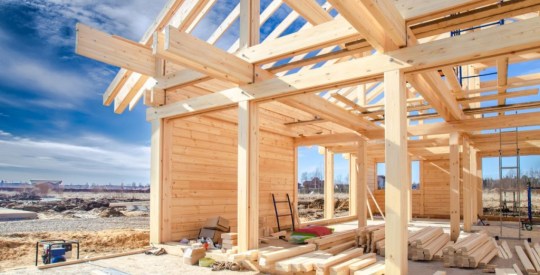The share of U.S. homeowners who were late paying mortgages in the first quarter rose from an 18-year low at the end of 2018, the Mortgage Bankers Association said on Tuesday. Even with the increase, the rate was the fourth-lowest on record.
The delinquency rate rose to 4.42% in the first three months of the year, up from 4.06% in the fourth quarter, MBA said. It remained below 2018’s first quarter when it was 4.63%, the group said.
The percentage of loans newly in foreclosure fell to 0.23%, compared with 0.25% in the fourth quarter of 2018 and 0.28% a year earlier. The seriously delinquent rate – the percentage of loans 90 days or more past due – dropped across all loan types from the previous quarter to 1.96%, the lowest level since the second quarter of 2006. The so-called foreclosure inventory, meaning the share of all loans in foreclosure, was 0.92%, the lowest level since 1995.
“The national mortgage delinquency rate in the first quarter of 2019 was down on a year-over-year basis, which is another sign of a very strong economic environment, bolstered by low unemployment and rising wage growth,” said Marina Walsh, MBA’s vice president of industry analysis.
The U.S. unemployment rate fell to 3.6% in April, the lowest level in five decades, the U.S. Bureau of Labor Statistics said earlier this month. The majority of job gains in April were in professional and business services, health care, construction and social assistance. Most economists consider an unemployment rate of 4% to 5% to be full employment, meaning everyone who wants a job has one.
Wage growth has picked up steam in recent months, after years of stagnation. Federal Reserve Governor Lael Brainard cited the positive news about wages in a speech last week in Washington.
“Employment rates of adults in their prime working years have been rising steadily during the expansion and recently reached their pre-recession peak,” Brainard said. “Importantly, wage growth has begun to pick up after years of slow gains.”
While incomes are climbing from post-recession bottom in 2011, the growth has been slow, said Gordon Green of Sentier Research. In other words, don’t break out the Champagne yet.
“We are at a point now where real median household income is 3.5% higher than January 2000,” he said. “Not an impressive performance by any means over a period spanning almost two decades, but the overall trend line has been positive for about seven years.”



